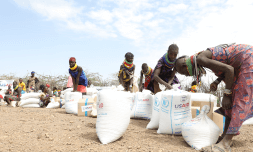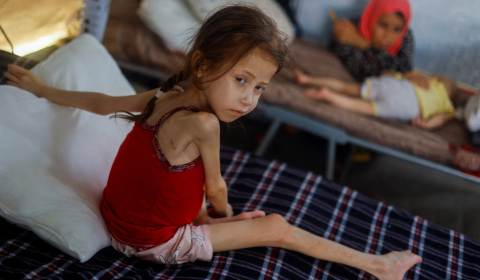Already, rising temperatures are leading to lower yields and higher prices. If global heating continues to worsen, the land suitable for coffee cultivation will halve by 2050 and the plant itself could disappear entirely by the end of the century, which would have a profound impact on the 120m people worldwide whose livelihoods depend on its beans.
For many, climate change remains a distant threat.
Though the crisis dominates our news feeds, an alarming number of people continue to turn a blind eye to the havoc it’s wreaking on our planet.
Given that over 2 billion cups of coffee are consumed daily, a recent revelation that global heating is significantly reducing crop yields – and drastically driving up costs – may awaken this cohort to the severity of the situation, however.
That’s if existing knowledge of the increasingly negative impacts of the ecological emergency on sugar, beer, and cocoa hasn’t already.
According to one study, of the 124 known coffee species, 75 (60%) are at risk of going extinct as a direct result of the changing climate and coinciding surge in ‘ongoing systemic shocks’ such as extreme weather events, erratic rainfall, disease, landslides, and droughts. This includes arabica, which as a population we drink the most.
Other research stipulates that even if we limit warming to 1.5°C, the land suitable for coffee cultivation will halve by 2050 (optimal growing temperatures are between 18 and 28°C).
Coffee-drinkers are also expected to notice a vast transformation in the flavour and aroma of their morning brews.
And in a worst-case scenario, the plant itself could be wiped from the face of the Earth by the end of the century, which would have devastating consequences for the 120m people worldwide whose livelihoods depend on its beans.




















